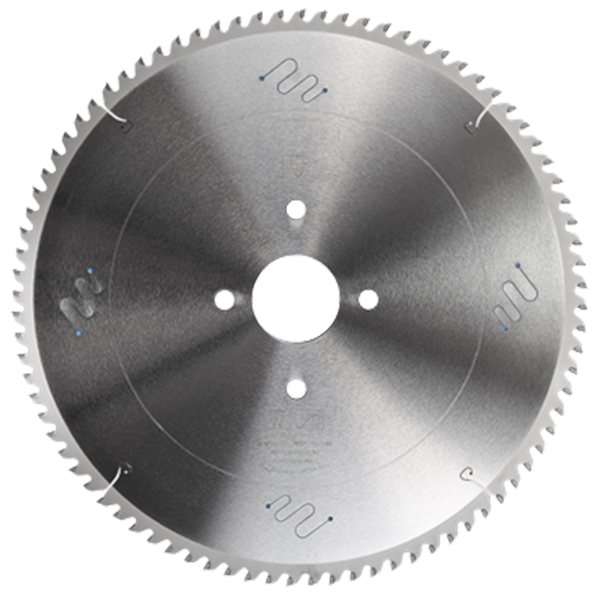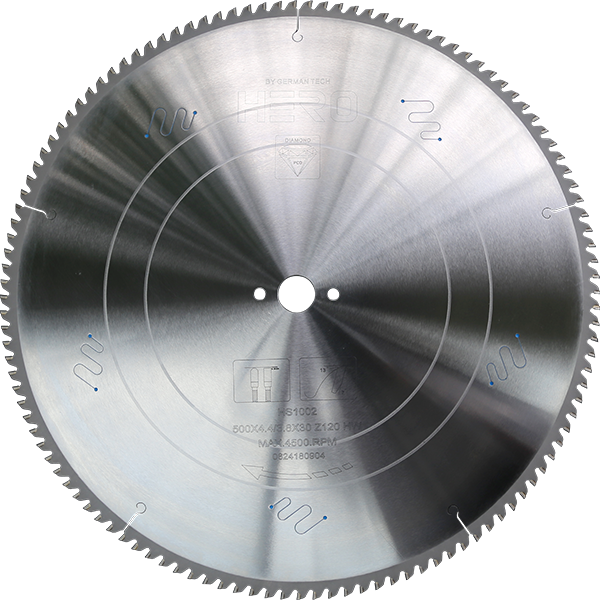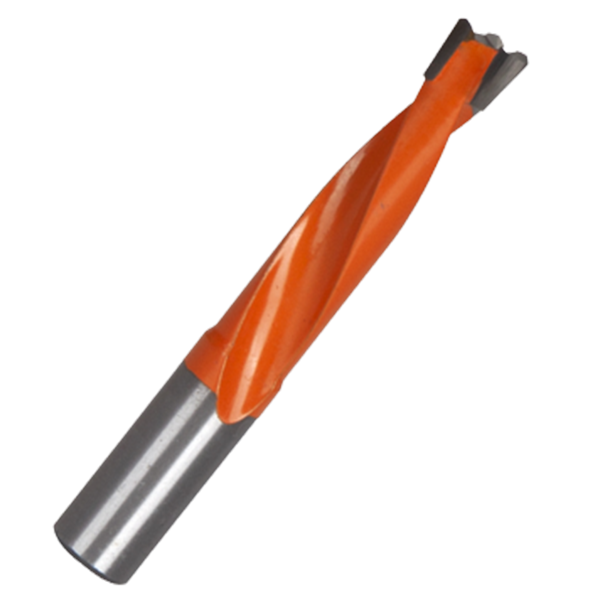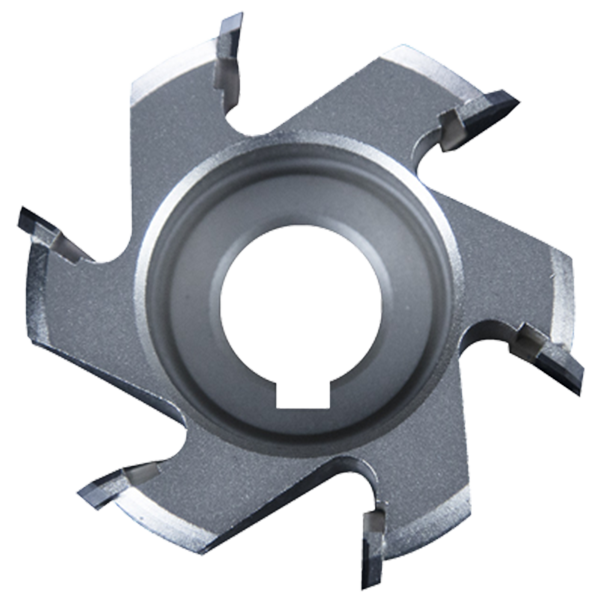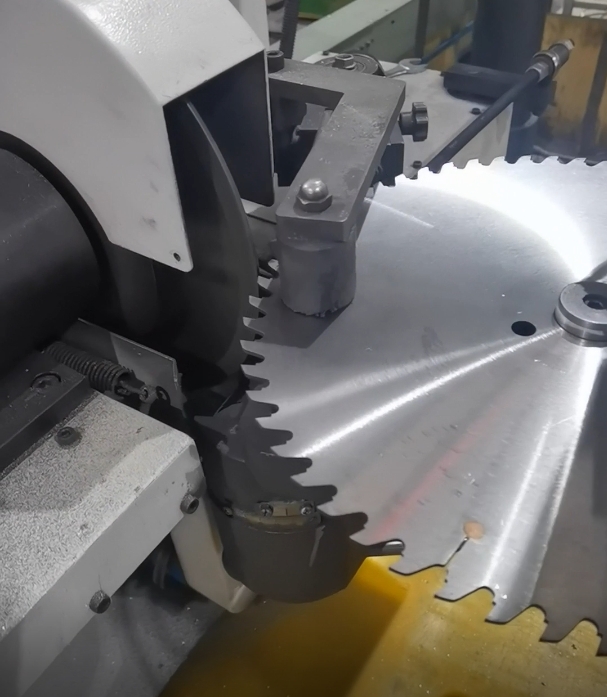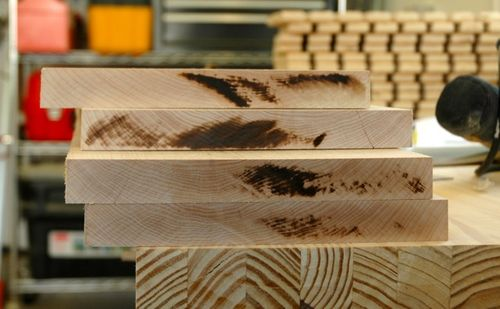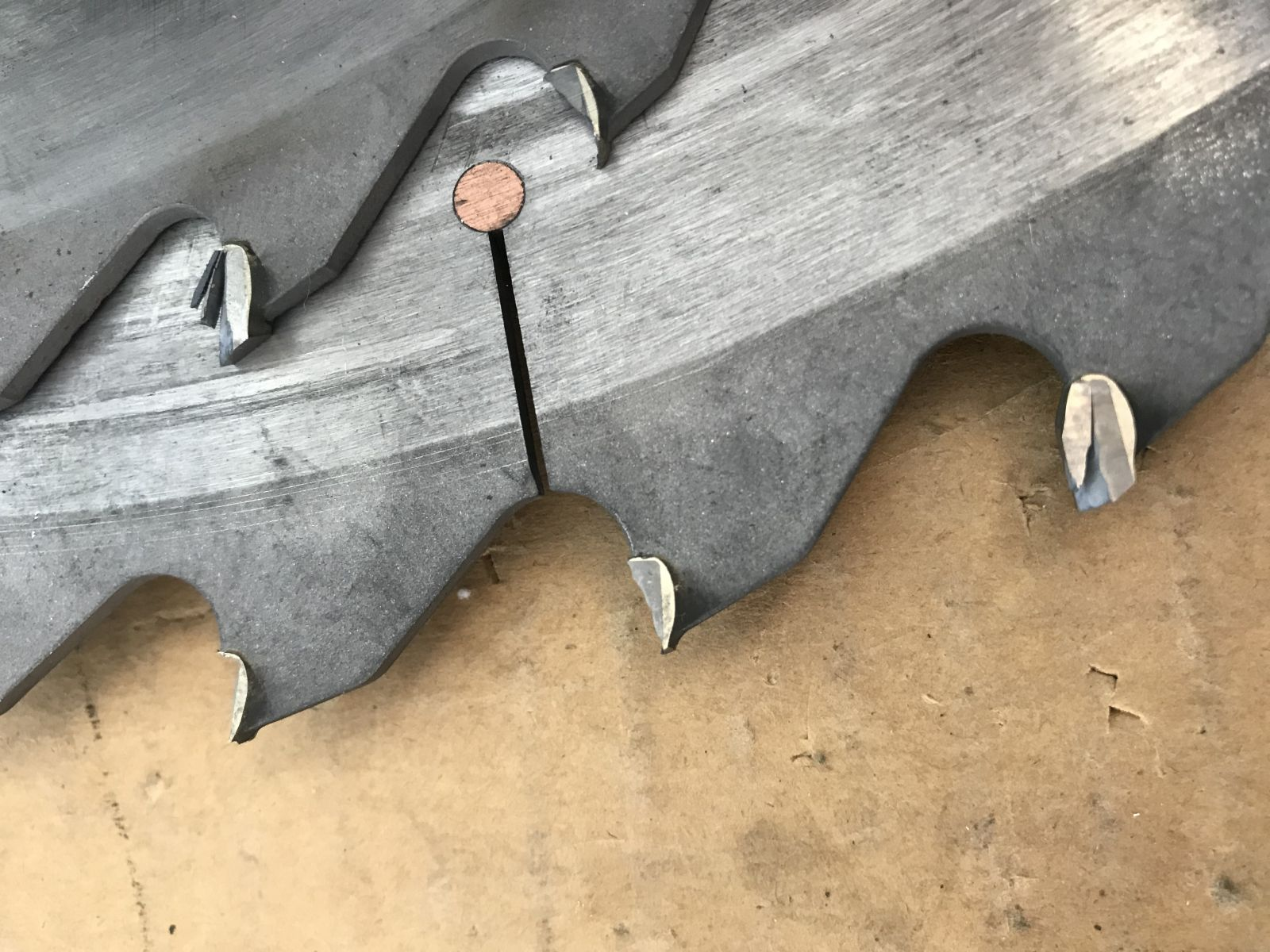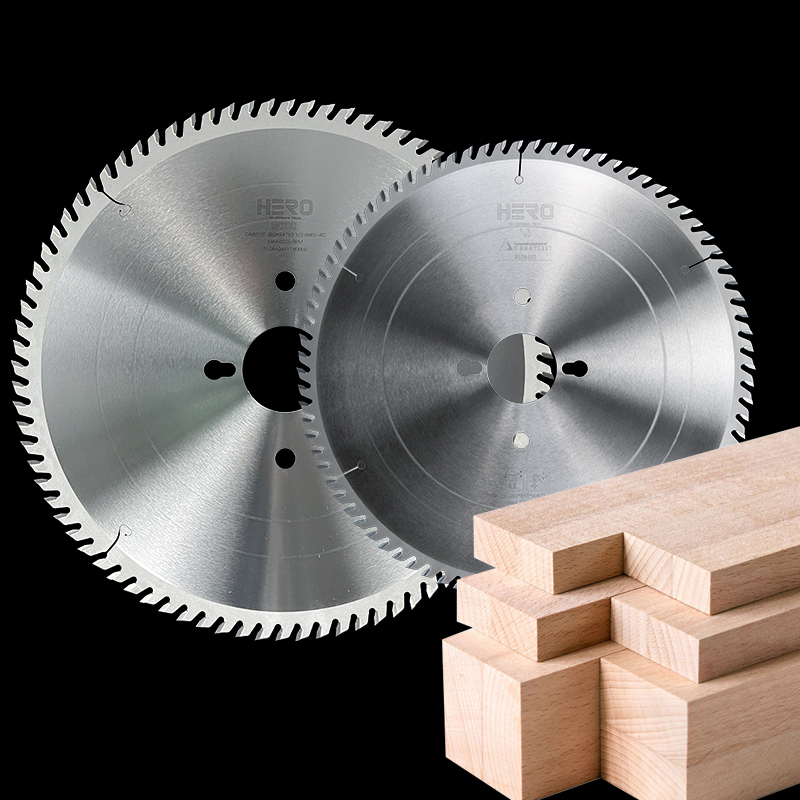How to tell when your saw blade is dull and what you can do if it is?
Circular saws are an essential tool for professional tradesmen and serious DIYers alike. Depending on the blade, you can use a circular saw to cut through wood, metal and even concrete. However, a dull blade can dramatically hinder the quality of your saw cuts.
What Are the Different Types of Circular Saw Blades?
Although a circular saw can cut through a wide range of material, it can only do so with the right type of blade. There are three primary types of circular saw blades:
Carbide-tipped. These are the most common type of circular saw blades, consisting of a steel disc with carbide-tipped cutting teeth around the outside edge. These blades are typically used for cutting through wood, but specially designed carbide blades can also cut through light-gauge metal.The cost and longevity of carbide-tipped blades largely depend on the tooth count and the material they’re used to cut.
Steel-tipped. Although somewhat rare today, steel-tipped blades are made entirely of steel and were the most common variety of circular saw blades before carbide-tipped options. Steel-tipped blades are usually cheaper than carbide-tipped, and are easier to sharpen than carbide-tipped blades. However, they aren’t nearly as durable and only stay sharp for about one-tenth as long as carbide.
Diamond-edged blades. Diamond blades are made for cutting through masonry materials like concrete, brick and tile. The perimeter of the blade is coated in diamonds, and are usually completely round without cutting teeth.They can last between 12 and 120 hours of continuous use, depending on the quality of the blade and material they’re used to cut.
How Do I Know When a Circular Saw Blade is Dull?
The usual symptoms of a dull blade include:
-
increased resistance to feed -
burning -
increased noise -
chips or splinters -
increased motor load
However these symptoms can also indicate broken or missing carbide tips, a dirty blade, a warped or bent blade, or alignment problems. Assuming that the saw and fence are properly adjusted, one can focus on the blade and rule out some possible problems. The following are steps that can be taken without measuring instruments or other special equipment.
1.If there is buildup on the sides of the saw tips, CLEAN THE BLADE
Note whether the buildup is on one or poth sides of the blade. Buildup on the rip fence side may indicate a fence that is “crowding” the blade and needs to be adjusted so that it is parallel to or slightly heeling away from the blade. Remove the blade and use oven cleaner, or other blade cleaning product, to dissolve the build-up of wood resin. If the build-up is mainly composed of glue, use solvent. Rinse and DRY the blade.
2.VISUAL CHECK FOR LATERAL RUNOUT (WOBBLE)
With the blade secured on the saw arbor, sight along the blade (so that you see only the thickness of the kerf) and jog the motor. Look closely for wobble as the blade slows down. If you cannot readily see a wobble, then the blade probably has less than about.005-.007″ of runout (on a 10″ blade), and the blade is straight enough for good cuts. If you can see a wobble with the naked eye, then there is probably more than .007″ of runout, and it should be checked by your saw shop. This is enough wobble to cause cutting problems on some materials. If there’s much over .010″ runout on a 10″ blade, it becomes impossible to get really smooth cuts on any materials.
3.LOOK FOR CHIPPED, BROKEN, or MISSING TEETH
Start at one point on the blade, and examine each tip., focusing on the top edges and points where the cutting actually occurs. One broken or missing tip may have little effect on rip cuts, but can ruin the quality of crosscuts, particularly on veneered plywoods. Plastic laminates will chip badly if there are ANY damaged tips. Cutting solid plastics or non-ferrous metals can become dangerous if there are missing tips. Small chips will grind out in sharpening. When necessary, your saw shop can braze on new tips and grind them exactly to match the others.
4.LOOK FOR THE WEAR LINE
Dulled carbide edges are not obvious to the naked eye, and not easy to feel with finger tips. You need to look very closely at the tops of clean carbide tips in very bright light (such as direct sunlight). The “wear line” where the carbide has begun rounding-off will show up as a fine bright line along the top edges of the tips, or as shiny spots near the points formed at the top of the bevels. This line is usually not much wider than a hair. If you can see the wear line, the blade needs sharpening. Running it further will cause accelerated wear, necessitating a heavier grind when the blade is re-sharpened.
5.TEST THE BLADE
If you blade is clean, and has no apparent tip damage and no visible wear, make some test cuts. Note how it feels and sounds, and check the results. In many cases, just cleaning it makes a tremendous difference. If the results are marginal, and you’re still not sure if the blade needs sharpening, try putting on a similar blade that is new or freshly sharpened, and make some test cuts with it. If nothing else is changed and the results are improved, that pretty well settles it – the first blade is dull.
The key to maintaining clean, professional cuts and protecting your equipment is knowing when your blade needs to be replaced.
Should I Replace or Resharpen My Blade?
Cost Considerations - One of the primary factors to consider when deciding whether to sharpen circular saw blades is the cost. Sharpening blades can be significantly cheaper than buying new ones. However, the frequency of sharpening required depends on the quality of the blade and the intensity of usage. If a blade has incurred extensive damage or has worn down significantly, the cost of sharpening might approach or even exceed the cost of purchasing a new blade.
Time Efficiency - Time is a valuable resource, especially for professional woodworkers or construction workers with tight project deadlines. Sharpening circular saw blades can be time-consuming, especially if done manually. On the other hand, purchasing a new high quality Circular Saw Blade can cost 2-5 times the cost of sharpening a saw blade.
Cutting Performance - The primary purpose of a circular saw blade is to deliver precise and efficient cuts. A sharp blade ensures smoother cuts, reduces material wastage, and enhances overall productivity. When blades become dull, they can produce rough or uneven cuts, leading to lower-quality work. Sharpening circular saw blades restores their cutting performance, allowing for cleaner and more accurate cuts. Therefore, if achieving optimal cutting performance is crucial for your projects, sharpening the blades is a must.
Blade Longevity - Replacing circular saw blades too frequently can be expensive in the long run. By sharpening blades, you can extend their lifespan and maximize their value. Regular maintenance and sharpening can help prevent premature wear and tear, increasing the longevity of the blade. However, it is essential to remember that blades have a limited lifespan, and excessive sharpening may compromise their structural integrity. Balancing the frequency of sharpening with the overall condition and wear of the blade is crucial to ensure safety and effectiveness.
Conclusion
Deciding whether to sharpen or replace circular saw blades ultimately depends on several factors, including cost, time efficiency, cutting performance, and blade longevity. While sharpening can be a cost-effective and environmentally friendly option, it requires time and effort. Evaluating these factors based on your specific needs and circumstances will help you make an informed decision that aligns with your budget and project requirements.
Learn more about selecting the right blade for you and your job.Contact Us Today.
Post time: Jul-11-2024








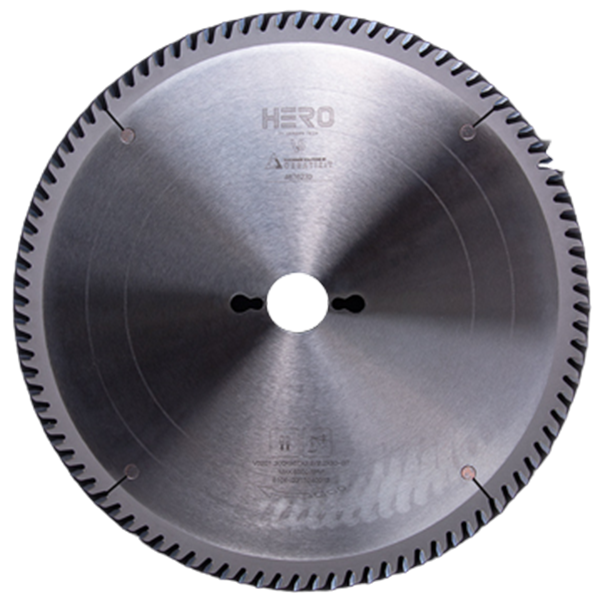 TCT Saw Blade
TCT Saw Blade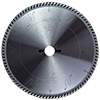 HERO Sizing Saw Blade
HERO Sizing Saw Blade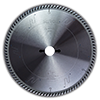 HERO Panel Sizing Saw
HERO Panel Sizing Saw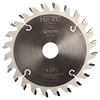 HERO Scoring Saw Blade
HERO Scoring Saw Blade HERO Solid Wood Saw Blade
HERO Solid Wood Saw Blade HERO Aluminum Saw
HERO Aluminum Saw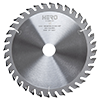 Grooving Saw
Grooving Saw Steel Profile Saw
Steel Profile Saw Edge Bander Saw
Edge Bander Saw Acrylic Saw
Acrylic Saw PCD Saw Blade
PCD Saw Blade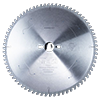 PCD Sizing Saw Blade
PCD Sizing Saw Blade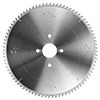 PCD Panel Sizing Saw
PCD Panel Sizing Saw PCD Scoring Saw Blade
PCD Scoring Saw Blade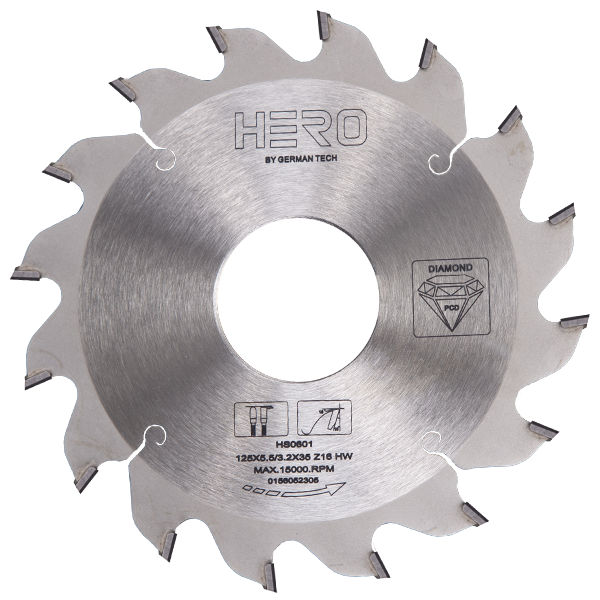 PCD Grooving Saw
PCD Grooving Saw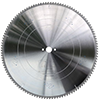 PCD Aluminum Saw
PCD Aluminum Saw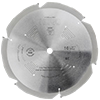 PCD Fiberboard Saw
PCD Fiberboard Saw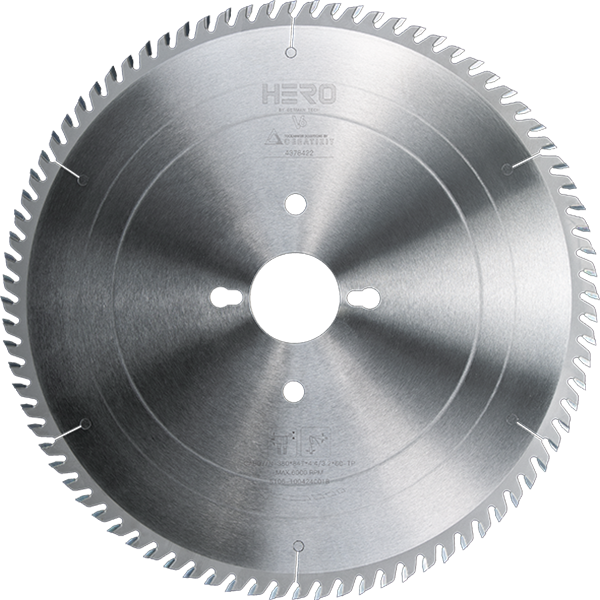 Cold Saw for Metal
Cold Saw for Metal Cold Saw Blade for Ferrous Metal
Cold Saw Blade for Ferrous Metal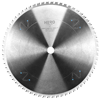 Dry Cut Saw Blade for Ferrous Metal
Dry Cut Saw Blade for Ferrous Metal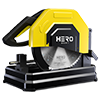 Cold Saw Machine
Cold Saw Machine Drill Bits
Drill Bits Dowel Drill Bits
Dowel Drill Bits Through Drill Bits
Through Drill Bits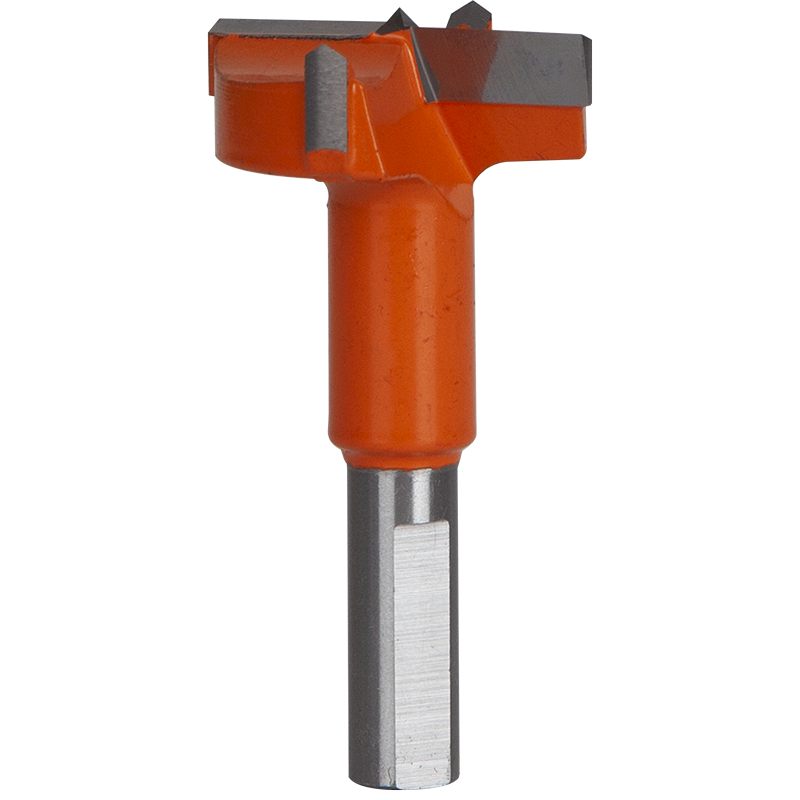 Hinge Drill Bits
Hinge Drill Bits TCT Step Drill Bits
TCT Step Drill Bits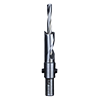 HSS Drill Bits/ Mortise Bits
HSS Drill Bits/ Mortise Bits Router Bits
Router Bits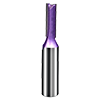 Straight Bits
Straight Bits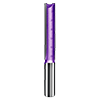 Longer Straight Bits
Longer Straight Bits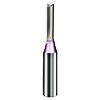 TCT Straight Bits
TCT Straight Bits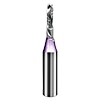 M16 Straight Bits
M16 Straight Bits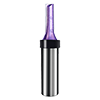 TCT X Straight Bits
TCT X Straight Bits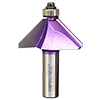 45 Degree Chamfer Bit
45 Degree Chamfer Bit Carving Bit
Carving Bit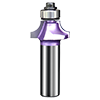 Corner Round Bit
Corner Round Bit PCD Router Bits
PCD Router Bits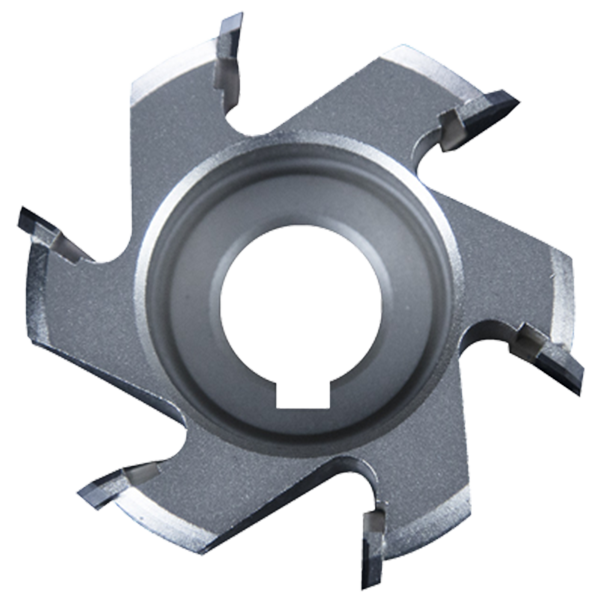 Edge Banding Tools
Edge Banding Tools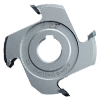 TCT Fine Trimming Cutter
TCT Fine Trimming Cutter TCT Pre Milling Cutter
TCT Pre Milling Cutter Edge Bander Saw
Edge Bander Saw PCD Fine Trimming Cutter
PCD Fine Trimming Cutter PCD Pre Milling Cutter
PCD Pre Milling Cutter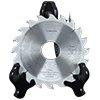 PCD Edge Bander Saw
PCD Edge Bander Saw Other Tools & Accessories
Other Tools & Accessories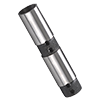 Drill Adapters
Drill Adapters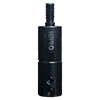 Drill Chucks
Drill Chucks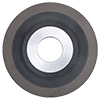 Diamond Sand Wheel
Diamond Sand Wheel Planer Knives
Planer Knives
